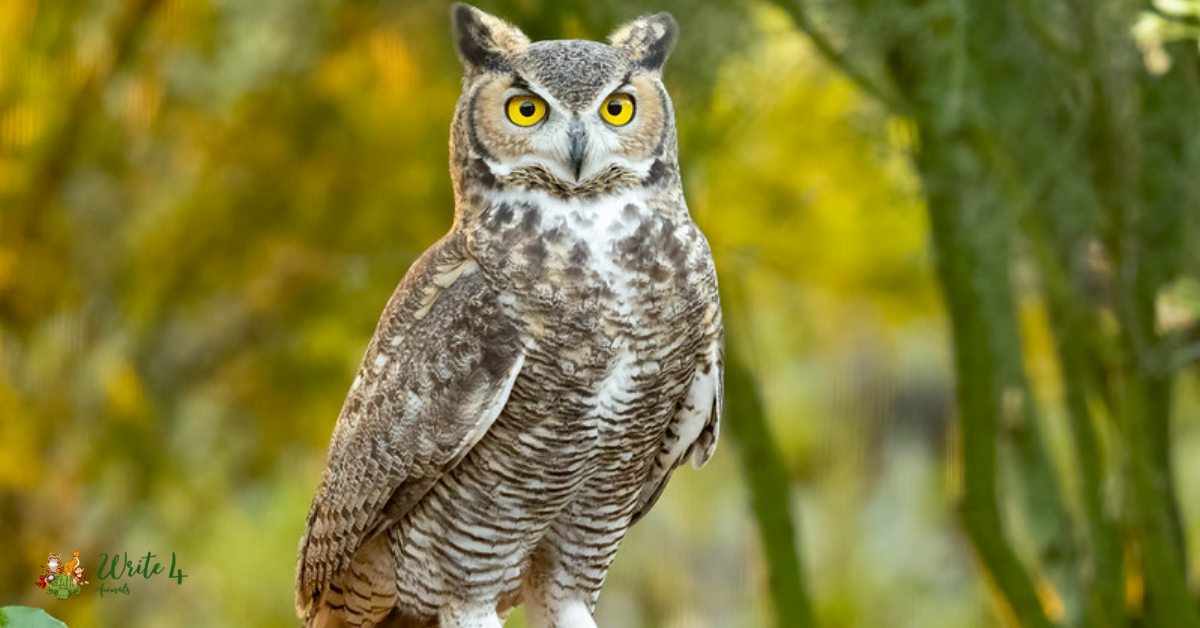The taiga animals, also known as the boreal forest animals, is a vast biome that stretches across the Northern Hemisphere, encompassing regions in North America, Europe, and Asia. This unique ecosystem, characterized by cold temperatures and dominated by coniferous trees, is home to a diverse array of wildlife.
In this exploration, we delve into the fascinating world of the taiga and encounter 15 Boreal forest animals that have adapted to its challenging yet enchanting environment.
20 Taiga animals | Boreal forest animals
1. Moose
Majestic and iconic, the moose stands as a symbol of taiga animals. Thriving in the boreal forest, moose are perfectly adapted to the cold climates and dense vegetation.

As the largest members of the deer family, they play a vital role in the boreal ecosystem, shaping plant communities through their browsing habits.
Their broad, palmate antlers are distinctive, reflecting the health and vitality of the boreal forest they inhabit. The presence of moose contributes to the intricate web of life in the taiga, making them a key indicator species for the health of this unique biome.
2. Caribou (Reindeer)
Nomadic and resilient, caribou epitomize the spirit of taiga animals. Their migratory patterns across vast boreal landscapes have made them essential to the ecological balance of the taiga.
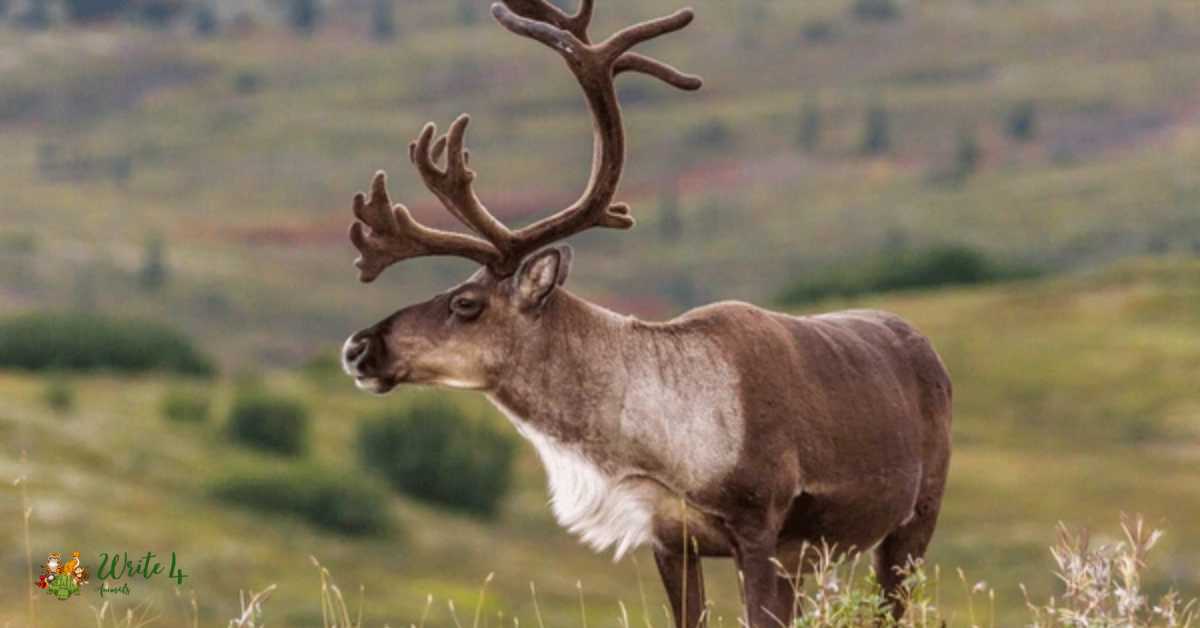
Adapted to harsh conditions, reindeer showcase the intricate relationship between taiga animals and their environment. Their grazing habits influence the vegetation structure, preventing overgrowth and promoting biodiversity.
The boreal forest, with its expanses of coniferous trees, provides both shelter and sustenance for these majestic creatures, illustrating the interconnectedness of boreal forest animals and their habitat.
3. Red Fox
A cunning and adaptable predator, the red fox thrives among the taiga animals. Its russet coat blends seamlessly with the boreal forest surroundings, showcasing the remarkable adaptations of boreal forest animals.
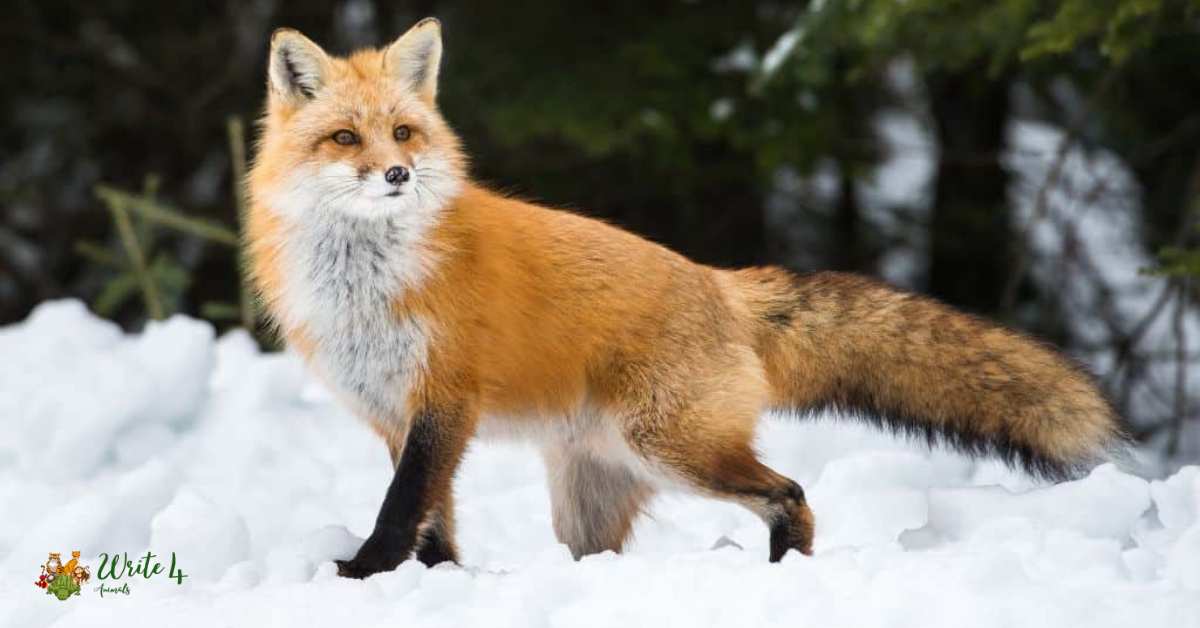
The red fox plays a crucial role in controlling small mammal populations, maintaining a delicate balance in the taiga ecosystem. As an opportunistic hunter, it preys on rodents and birds, demonstrating the diversity of prey available in the boreal forest.
With keen senses and remarkable agility, the red fox embodies the resilience and resourcefulness required for survival in the challenging taiga environment.
4. Gray Wolf
Apex predators of the boreal forest, gray wolves represent the pinnacle of taiga animals. Their pack dynamics and hunting strategies showcase the intricate social structures within taiga ecosystems.
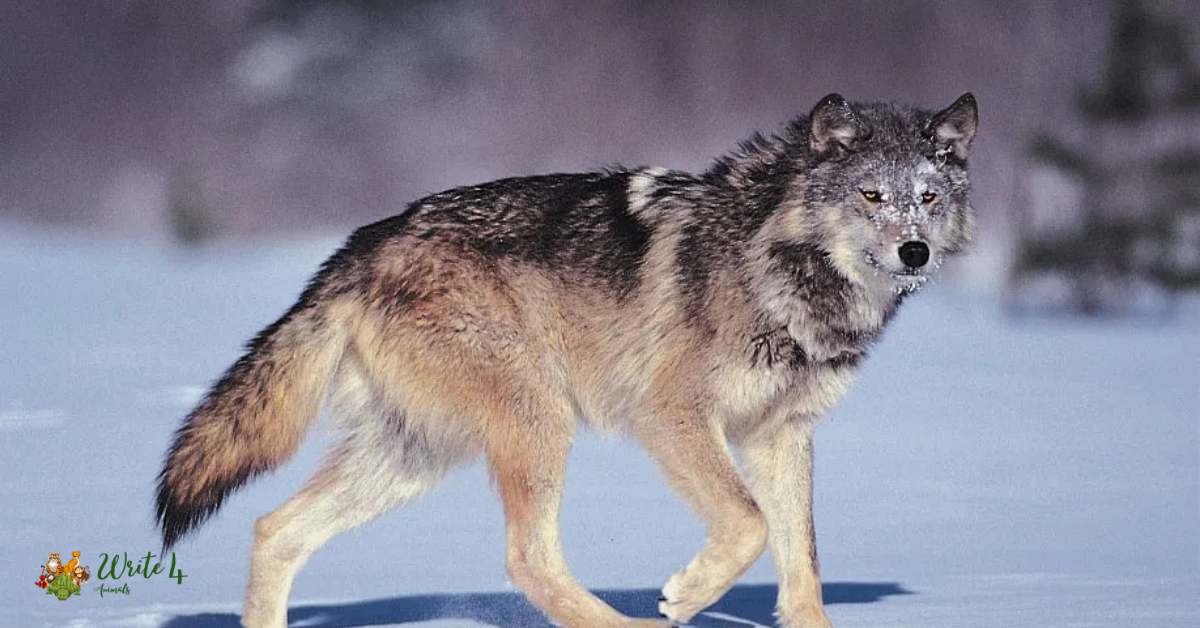
As carnivores, they play a crucial role in controlling herbivore populations, regulating the delicate balance of the boreal forest. Their adaptability to the cold climate and cooperative hunting techniques make them an integral part of the taiga’s biodiversity.
The presence of gray wolves is indicative of a healthy taiga ecosystem, emphasizing the interconnected relationships between boreal forest animals and their environment.
5. Brown Bear
Formidable and powerful, the brown bear stands as a symbol of strength among taiga animals. Thriving in the boreal forest, these omnivores contribute significantly to the health and diversity of the taiga ecosystem.
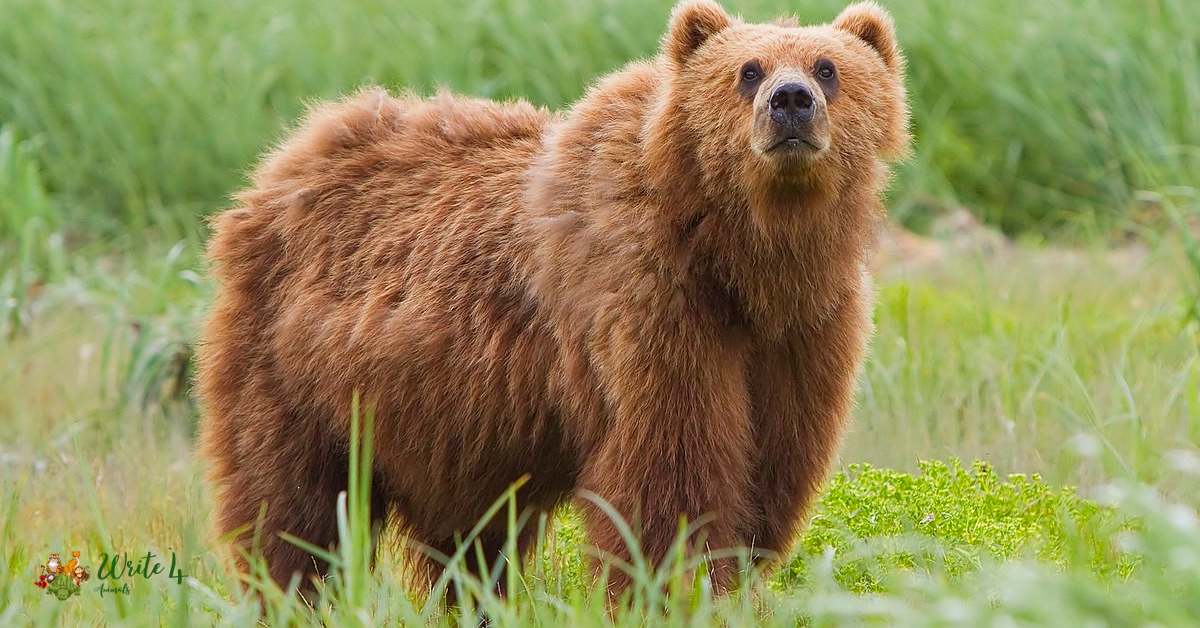
With a diet ranging from berries to salmon, brown bears showcase the adaptability of boreal forest animals to changing seasons. As seed dispersers, they also influence the regeneration of plant communities, demonstrating their ecological importance within the taiga biome.
The presence of brown bears underscores the delicate equilibrium of the boreal forest and the crucial role played by these majestic creatures in maintaining its ecological integrity.
6. Lynx
With tufted ears and impressive hunting skills, the lynx represents the elusive and specialized predators of the taiga. Its role in controlling small mammal populations, particularly snowshoe hares, highlights the intricate connections between boreal forest animals.
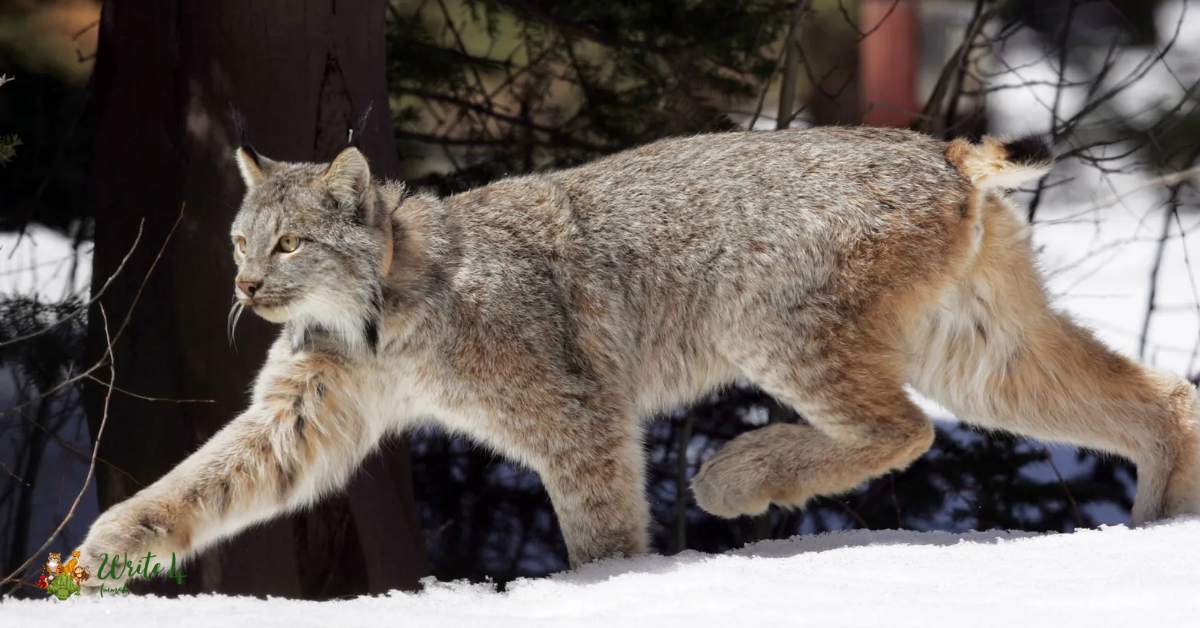
As a solitary carnivore, the lynx navigates the dense vegetation of the boreal forest with stealth and agility, showcasing its adaptations to the taiga environment.
The fluctuations in lynx populations directly impact the abundance of prey and predator species, emphasizing the delicate ecological balance maintained by these captivating taiga animals.
7. Snowshoe Hare
Adapted to the snowy landscapes of the taiga, the snowshoe hare undergoes seasonal color changes, exemplifying the fascinating adaptations of boreal forest animals.
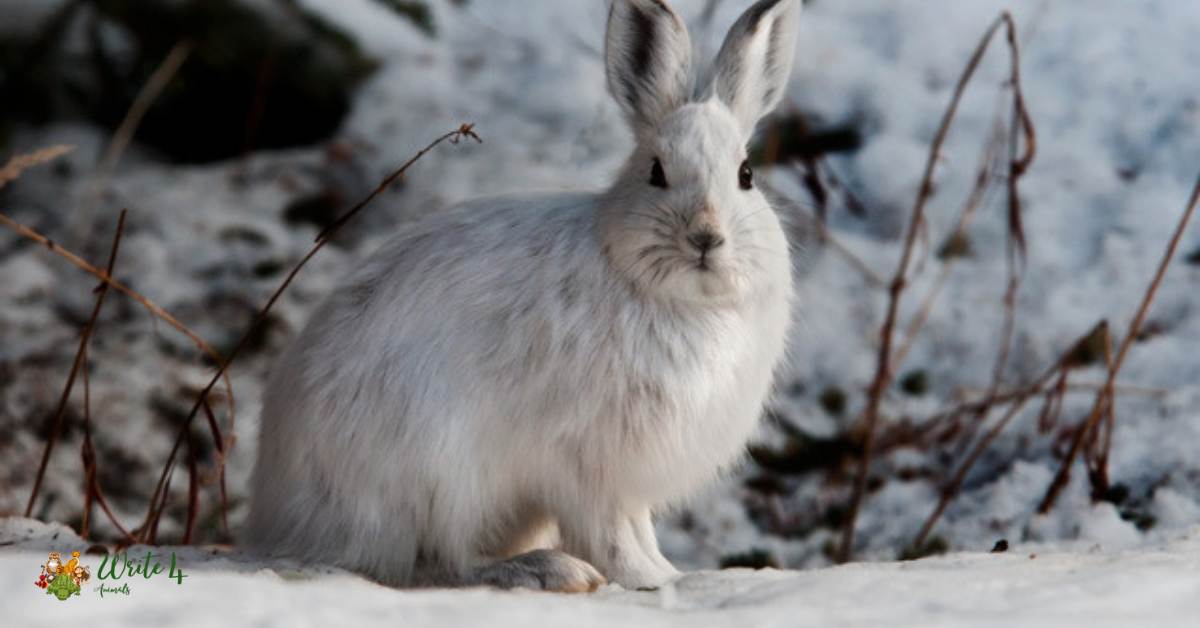
Its white winter fur provides camouflage against the snow, while its brown summer coat allows it to blend into the forest undergrowth. As a primary prey species for predators like lynx and owls, the snowshoe hare plays a central role in the taiga food web.
The cyclic fluctuations in their population, known as the “hare-lynx” cycle, underscore the intricate relationships among boreal forest animals and the dynamic nature of taiga ecosystems.
8. Pine Marten
Sleek and agile, the pine marten is a member of the weasel family that thrives in the taiga’s dense vegetation. As a carnivore, it preys on small mammals and birds, contributing to the intricate predator-prey dynamics within the boreal forest.
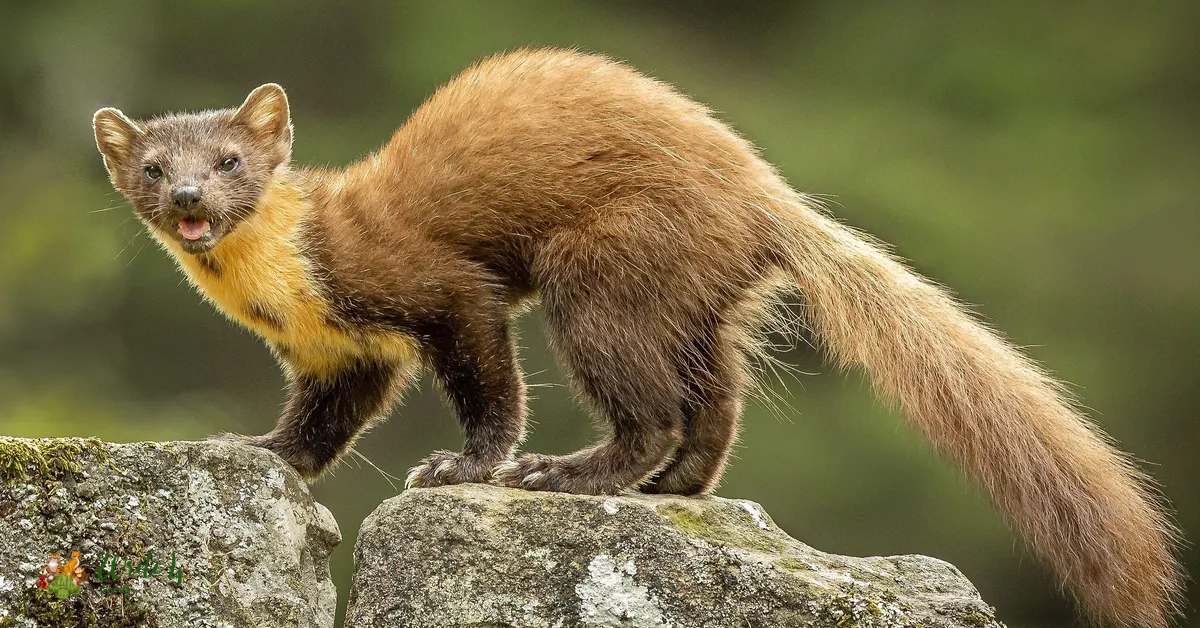
With its slender body and sharp claws, the pine marten navigates the taiga environment with ease, showcasing its adaptability to the challenging conditions.
As both a predator and a prey species, the pine marten exemplifies the interconnected relationships among boreal forest animals, contributing to the overall biodiversity and balance of the taiga biome.
9. Wolverine
Fearless and robust, the wolverine is a carnivorous taiga animal that embodies the spirit of resilience in the boreal forest. Its strength and endurance allow it to cover vast distances in search of food, showcasing the adaptability of boreal forest animals to the expansive taiga landscapes.
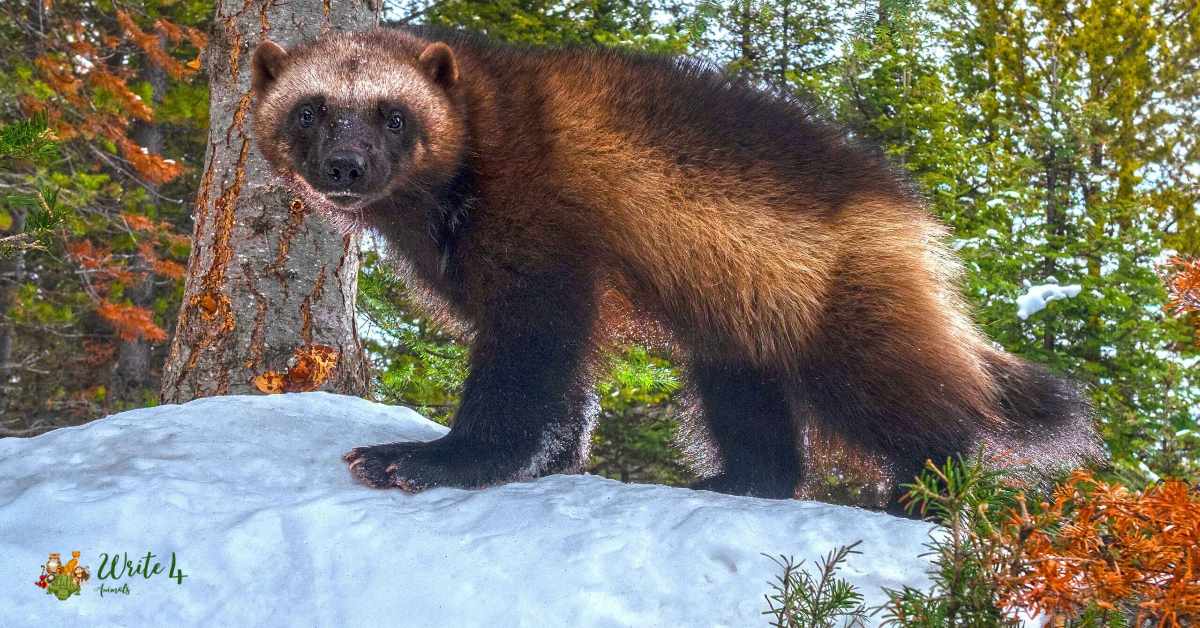
Wolverines are opportunistic feeders, preying on small mammals and scavenging on carrion, contributing to the nutrient cycling of the ecosystem. Despite their relatively small size, wolverines play a significant role in shaping the biodiversity and ecological dynamics of the taiga.
10. Canada Lynx
Similar to its cousin, the lynx, the Canada lynx is a specialized predator that thrives in the taiga environment. Its association with the boreal forest emphasizes the unique adaptations of taiga animals to the cold climate and dense vegetation.
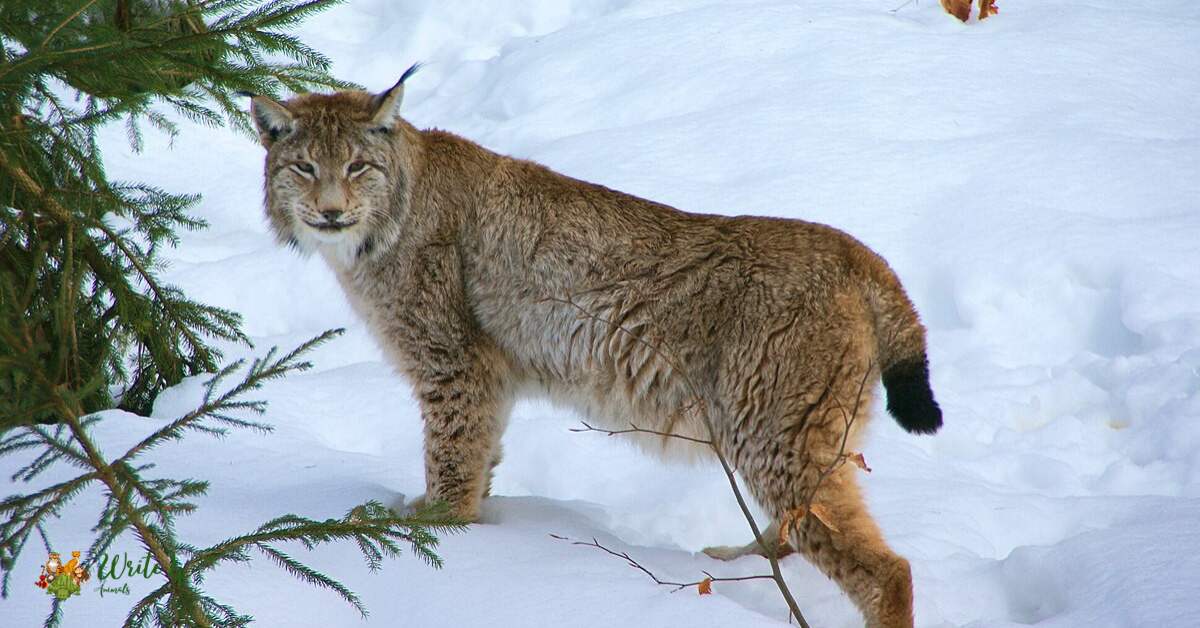
The Canada lynx’s dependence on snowshoe hares as a primary prey species illustrates the interconnected relationships within the taiga’s intricate food web.
As a charismatic and elusive predator, the Canada lynx symbolizes the wild beauty of the boreal forest and its importance in maintaining the delicate ecological balance of this northern biome.
11. Snowy Owl
Majestic and ethereal, the snowy owl is a captivating resident of the taiga, embodying the grace and adaptability of boreal forest animals. With its pristine white plumage and piercing yellow eyes, the snowy owl is perfectly suited to the Arctic conditions of the boreal forest.

As a top predator, it preys on small mammals and birds, contributing to the regulation of prey populations in the taiga.
The presence of snowy owls adds a touch of mystique to the boreal landscape, underscoring the diversity and resilience of taiga animals in the face of challenging environmental conditions.
12. Great Horned Owl
Named for its prominent ear tufts, the great horned owl is a formidable nocturnal predator that plays a vital role in the taiga ecosystem. Its diverse diet, which includes mammals, birds, and even other owls, showcases the adaptability of boreal forest animals to a variety of prey sources.

The great horned owl’s ability to thrive in the boreal forest highlights the importance of these birds of prey in controlling rodent populations and maintaining the ecological balance of the taiga biome.
As a symbol of wisdom and stealth, the great horned owl adds to the enchanting allure of boreal forest nights.
13. Bald Eagle
A symbol of strength and freedom, the bald eagle is an iconic raptor that graces the skies of the taiga. As a symbol of national pride and a key predator in the boreal forest, these birds of prey play a vital role in the intricate web of life within this northern biome.

Their keen eyesight and powerful talons make them formidable hunters, specializing in catching fish from boreal waterways and contributing to the regulation of aquatic ecosystems.
The presence of bald eagles in the taiga emphasizes the importance of maintaining healthy freshwater habitats, showcasing the interdependence of boreal forest animals and their environments.
14. Osprey
Known as the fish hawk, the osprey is a remarkable boreal forest bird that thrives in aquatic habitats. With its specialized adaptations for hunting fish, such as powerful talons and reversible outer toes, the osprey is a testament to the diversity of taiga animals.

Their nests, often built on elevated platforms, symbolize the harmonious coexistence of boreal forest animals with their surroundings.
Ospreys contribute to the health of boreal water ecosystems by controlling fish populations, illustrating the interconnected relationships between taiga animals and the vitality of their habitats.
15. Red Squirrel
Energetic and industrious, the red squirrel is a common sight in the taiga, embodying the spirit of small mammals within the boreal forest.
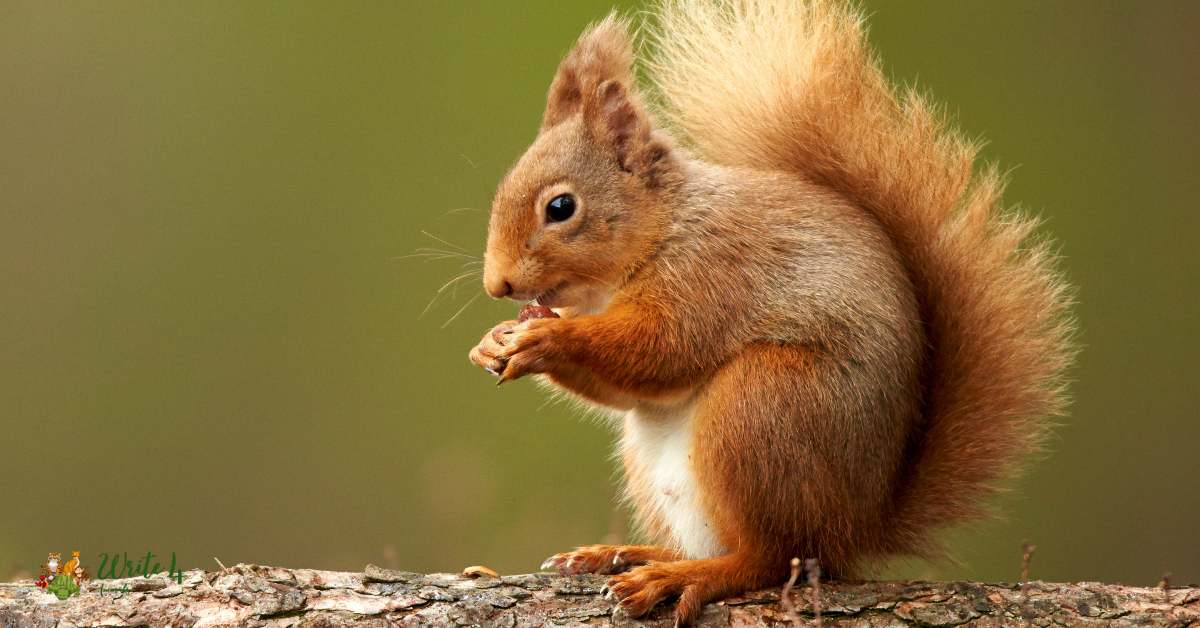
With its bushy tail and agile movements, the red squirrel plays a crucial role in seed dispersal, contributing to the regeneration of the boreal forest.
As a granivore, it relies on seeds and nuts as a primary food source, highlighting the diversity of resources available to boreal forest animals. The red squirrel’s presence underscores the importance of small mammals in shaping the ecological dynamics of the taiga ecosystem.
16. American Marten
Sleek and elusive, the American marten is a member of the weasel family that navigates the taiga with agility and precision.
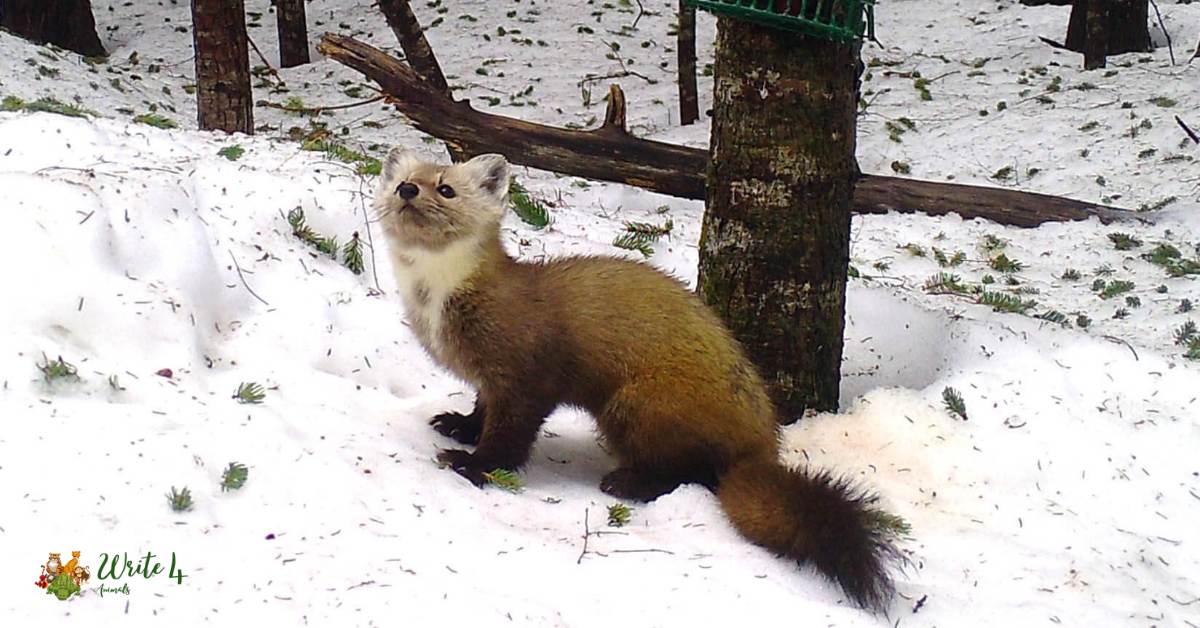
As a carnivorous boreal forest animal, the American marten preys on small mammals and birds, contributing to the intricate predator-prey relationships within the taiga.
With its slender body and sharp senses, the American marten exemplifies the adaptability of boreal forest animals to the challenging conditions of the taiga, highlighting the importance of these species in maintaining biodiversity.
17. American Black Bear
Versatile and opportunistic, the American black bear is a prominent taiga animal that roams the boreal forest in search of food. As an omnivore, it plays a crucial role in the nutrient cycling of the ecosystem, contributing to the health and diversity of the taiga.
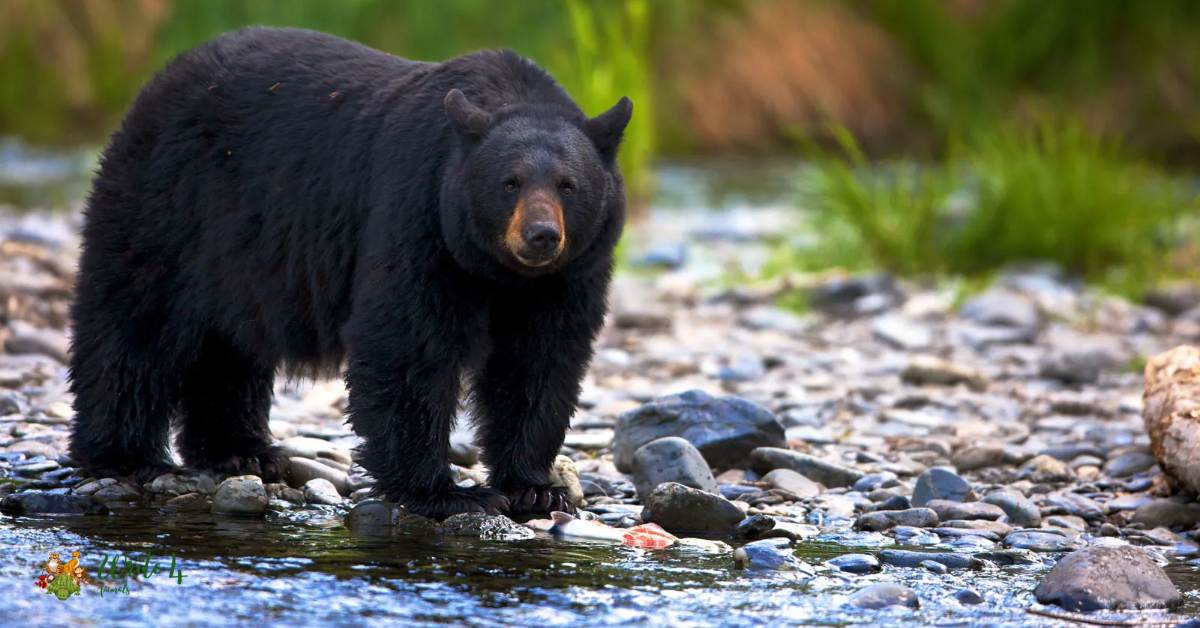
American black bears are essential seed dispersers, influencing the regeneration of plant communities and underscoring the interconnected relationships among boreal forest animals.
Their adaptability to various habitats within the taiga highlights the resilience of these majestic creatures and their significance in maintaining the ecological balance of the boreal forest.
18. Northern Pike (Fish)
The northern pike, a predatory fish, thrives in the freshwater habitats of the taiga, exemplifying the diversity of aquatic life in boreal forest ecosystems.
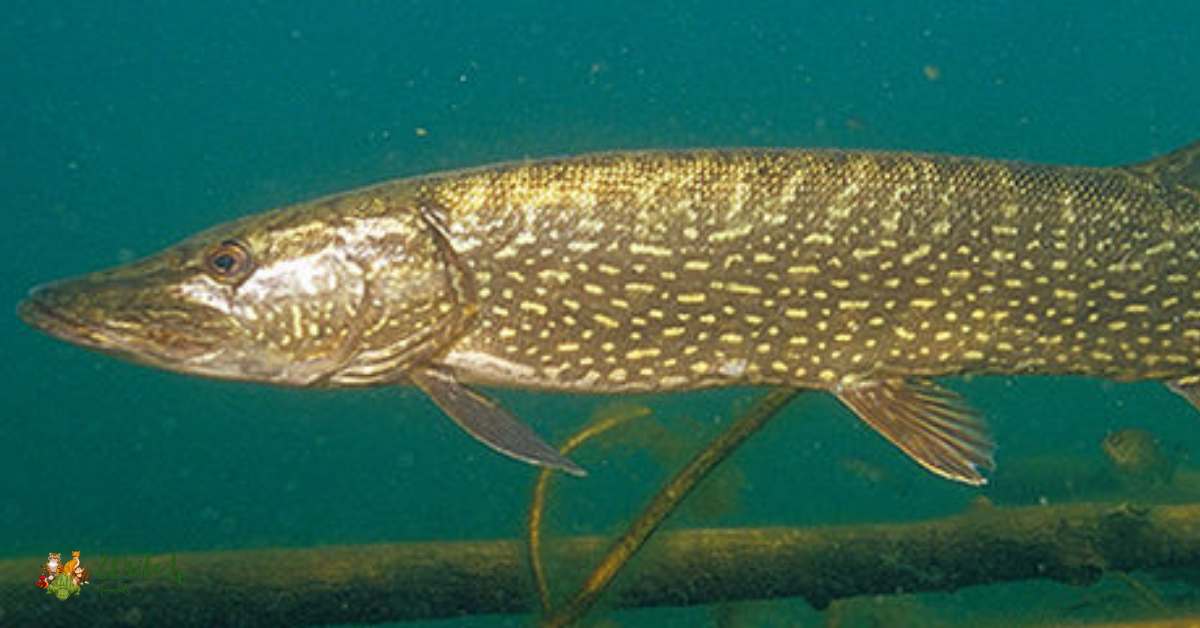
As a keystone species, the northern pike influences the structure of fish communities, contributing to the overall health of boreal water ecosystems.
With its voracious appetite and role as a top predator, the northern pike regulates the abundance of smaller fish, showcasing the delicate balance maintained by boreal forest animals in aquatic environments.
19. Arctic Grayling (Fish)
The Arctic grayling, with its distinctive dorsal fin and iridescent colors, is a captivating fish species native to the taiga’s cold, clear rivers and streams. As an indicator of water quality, the presence of Arctic grayling reflects the health of boreal aquatic ecosystems.
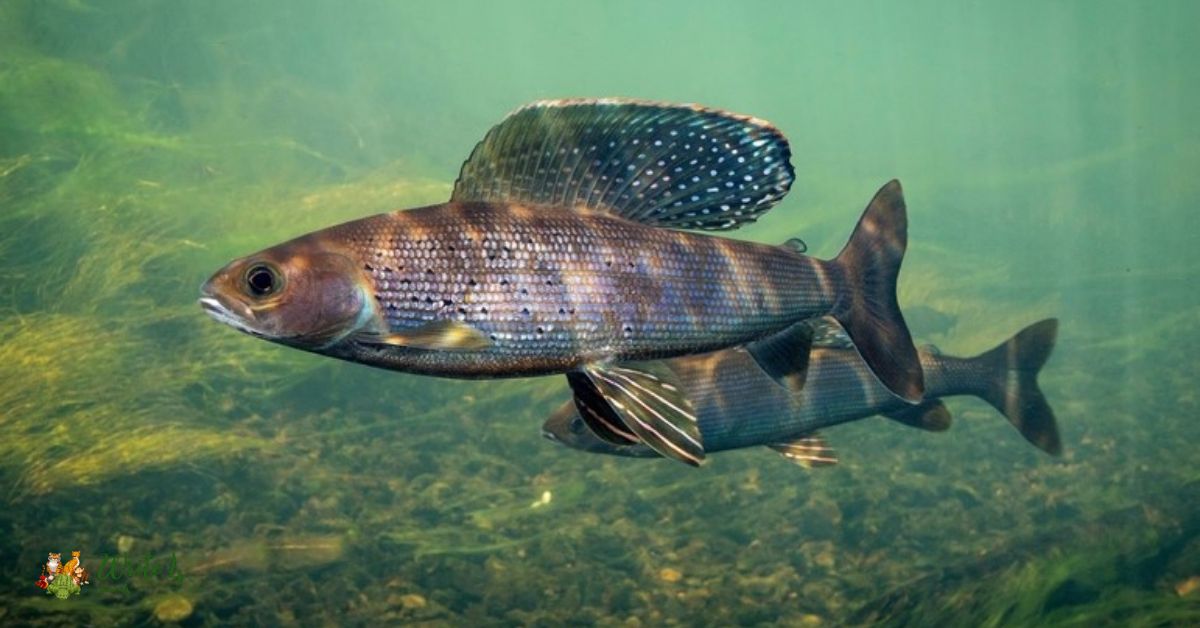
These fish contribute to the diversity of boreal forest animals, playing a role in the trophic dynamics of freshwater habitats within the taiga.
20. Siberian Tiger
In the vast expanses of the Asian boreal forest, particularly in Siberia, the Siberian tiger reigns as the largest big cat on the planet. Symbolizing the apex predator among boreal forest animals, the Siberian tiger plays a crucial role in maintaining ecological balance.
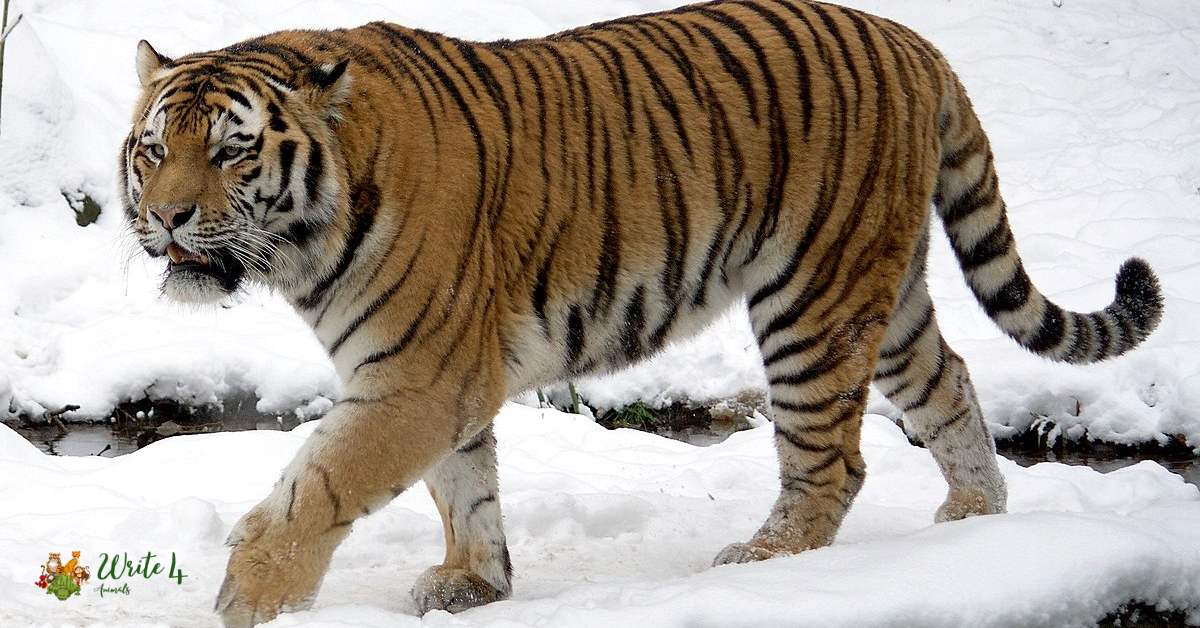
As a charismatic and endangered species, the presence of Siberian tigers highlights the conservation challenges faced by taiga animals.
Their role as top predators emphasizes the interconnected relationships within the boreal ecosystem, underscoring the importance of preserving these majestic creatures and their habitats for the overall health of the taiga.
Recommended
1. Top 12 strongest animals | strong animals
2. 15 Dumbest Animals in the World | dumbest animal
3. Top 10 Loudest Animals on Earth | Loudest Animal
4. Shiba Inu Dog Price in Usa, India and other Countries 2024
